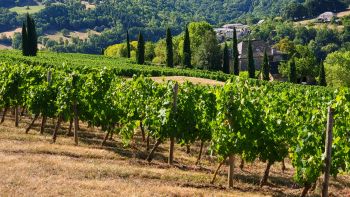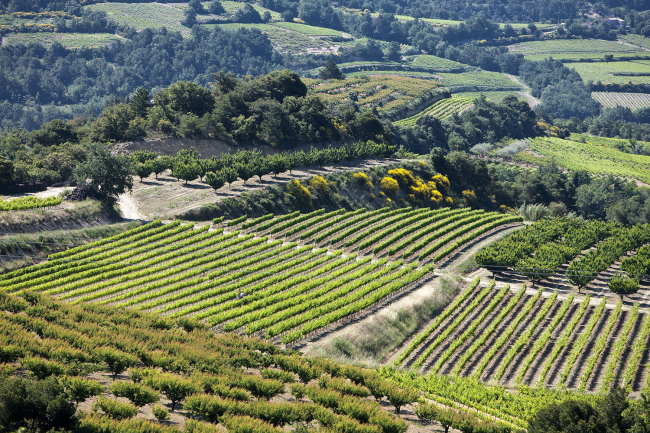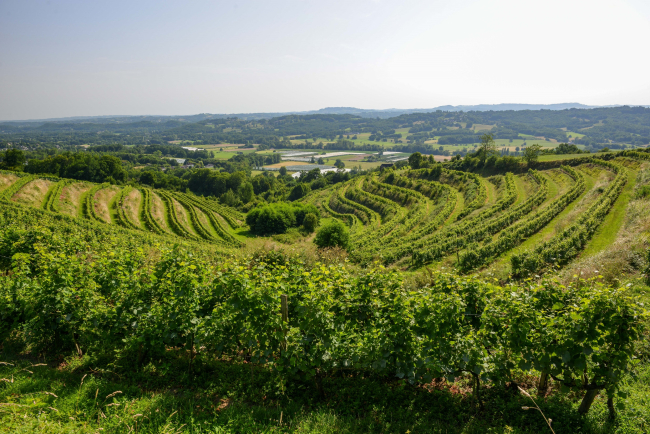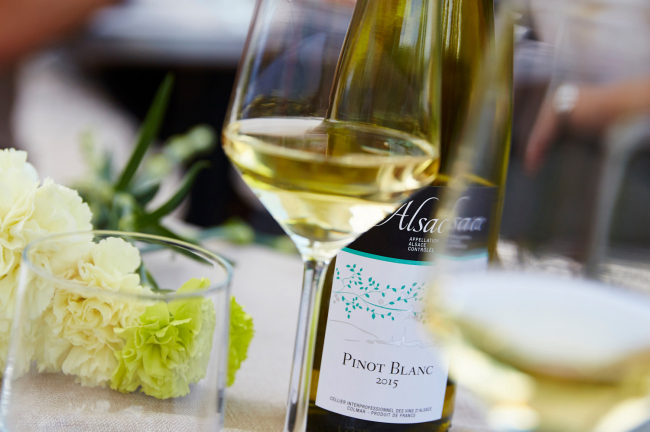This article is older and has been archived.
It remains accessible, but the information provided may be out of date or incorrect.

The Comité national des AOC viticoles (CNAOV) wanted ODGs to be able to evaluate new or old varieties that would show potential for adaptation to a well-identified problem, while retaining the benefit of the SIQO.
The working group set up and chaired by Philippe Brisebarre proposed that the CNAOV validate the procedure known as "variétés d'intérêt à fin d'adaptation (VIFA)", enabling operators who so wish to take part in evaluation work in conjunction with their ODGs and INAO services during an observation period set at a minimum of 10 years.
In order to control the consequences of the introduction of VIFAs in wines marketed under PDO, the procedure provides that the benefit of the PDO may be maintained under the following conditions:
- a limit of 5% of the farm's grape varieties
- an incorporation in blends of wines marketed under PDO limited to 10% in order to limit substantial modifications to the characteristics of the wines
- the limitation of VIFAs to 10 varieties per PDO and per color
- compliance with an agreement between each operator, the ODG and the INAO, specifying that the ODG is to be supplied with all the information needed to complete the cultural behavior of these VIFAs in the different plots planted, and that wine samples are to be supplied, in particular samples of wine from VIFAs vinified separately
- in the case of a collective structure, products from several farms but from the same VIFA may be vinified together.
So-called "resistant" varieties cannot be concerned at present, as current European regulations specify that PDO wines are made exclusively from varieties of the Vitis Vinifera species.
The CNAOV has also given a favorable opinion that France should support the planned change in European regulations, to extend PDO production to varieties derived from crosses between different species of the Vitis genus and the Vitis Vinifera species.
The aim of this procedure is to enable operators to plant these varieties as of now, and ODGs to benefit from as much information as possible needed to make a definitive decision. At the end of the 10-year observation period during which the agreement on the future of the VIFAs applies, the ODG will have three options, depending on the results of the cultivation and tasting observations:
- propose the definitive integration of the VIFA into the specifications
- propose the withdrawal of the VIFA from the specifications
- request the extension of the observation period for a period of 5 years
ODGs involved in the procedure
Several ODGs have already asked to benefit from the implementation of this procedure: AOC Languedoc, Corbières, Saint-Mont, Bordeaux and Bordeaux Supérieur, Savoie, Côtes du Jura, Crémant de Die and Côtes de Provence.
All the news about viniviticulture
Meeting under the aegis of INAO, the Comité national des appellations d'origine relatives aux vins, boissons alcoolisées...
News

News
In a difficult economic context, and in order to adapt to contemporary challenges, in particular climate change, which...
News

News
Meeting on June 11 and 12, 2025, INAO's Comité national des appellations d'origine relatives aux vins, boissons...
News

News
